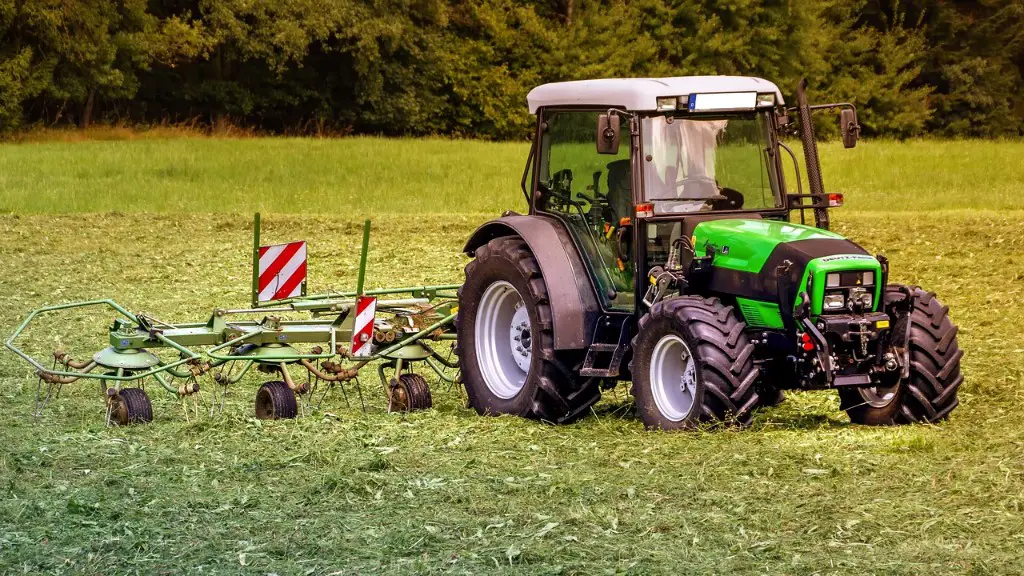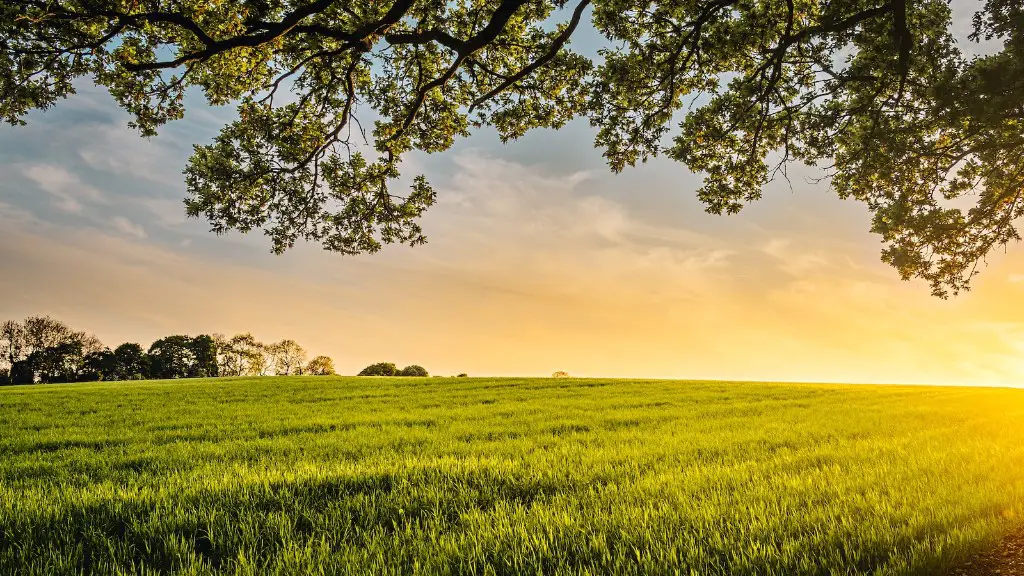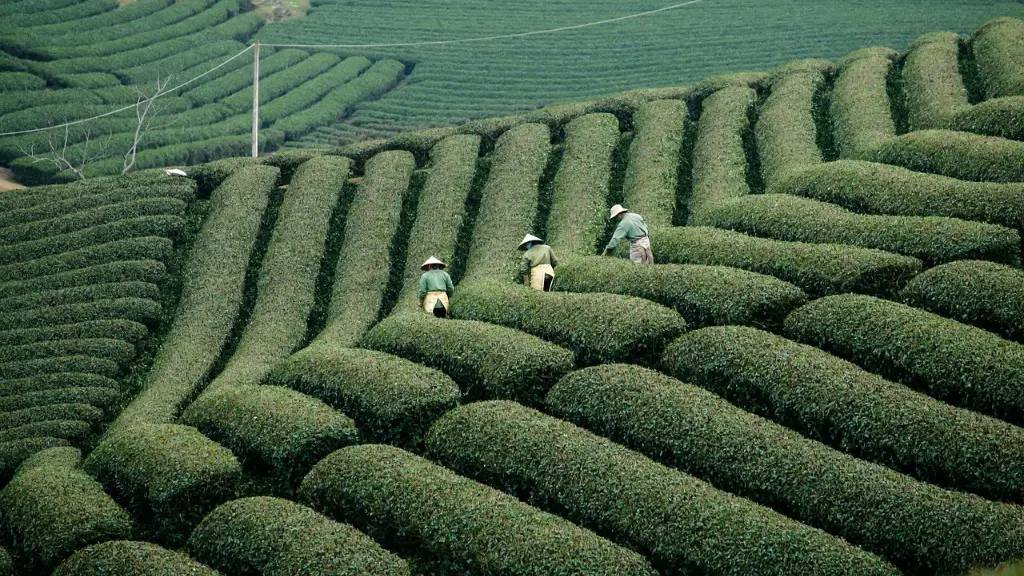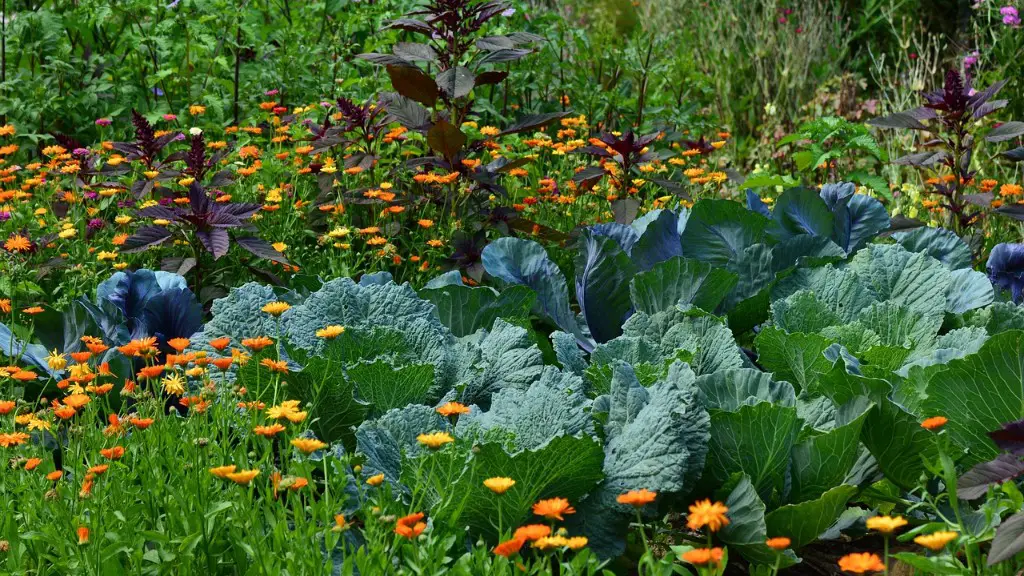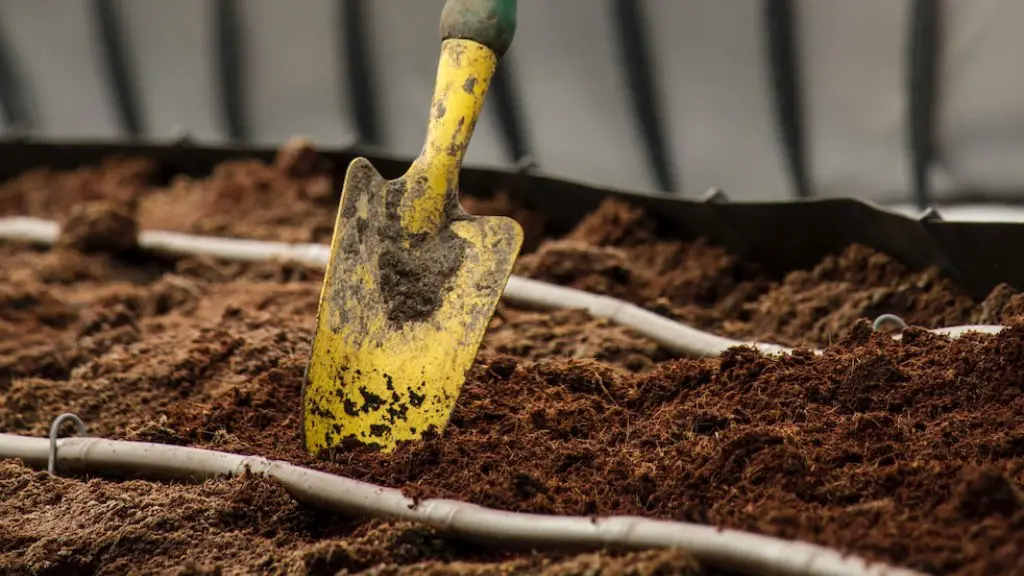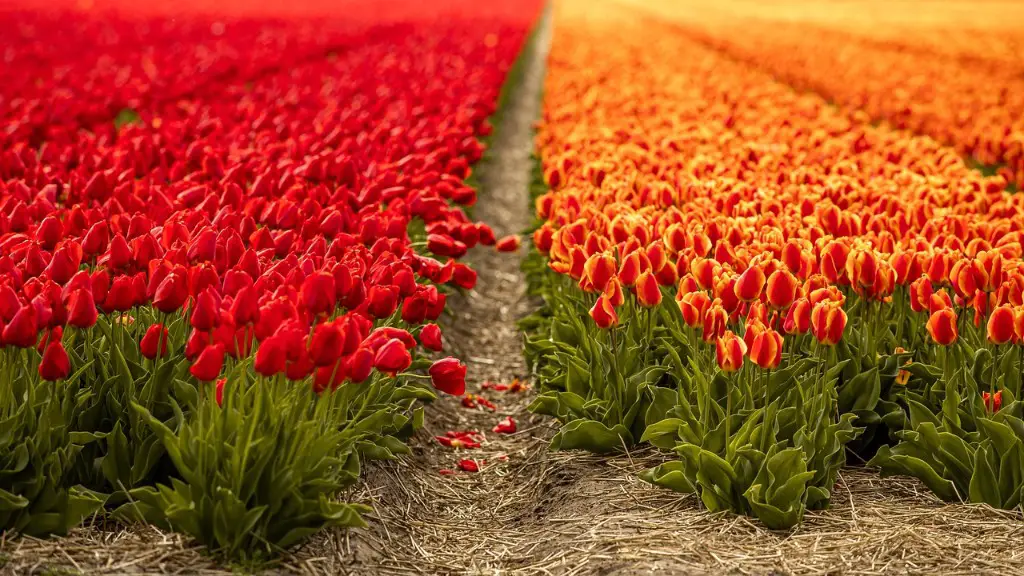Fertilizer is an important part of agriculture. It is used to add nutrients to the soil to help plants grow. There are many different types of fertilizer available, and farmers use different types depending on the plants they are growing. Fertilizer can be applied to the soil before planting, or it can be applied to the plants themselves.
Fertilizer is used in agriculture to add nutrients to the soil. It can also help to improve the drainage of the soil and make it more fertile.
How is fertilizer applied?
Fertilizer is applied below the soil surface close to the seed row during planting. This is often done 1 to 2 inches below (or below and to the side) of the seed row. In cool, wet areas, a starter application of fertilizer is placed in a subsurface band to boost seedling growth. This helps the young plants get the nutrients they need to grow strong and healthy.
Fertilizers are an important part of agriculture and are used to improve the productivity of crops. There are many different types of fertilizers available, each with their own advantages and disadvantages. N, P and K fertilizers are the most common and widely used fertilizers. Urea is a common N fertilizer, while ammonium sulphate and calcium ammonium nitrate are common P and K fertilizers. Micronutrient fertilizers such as zinc sulphate and manganese sulphate are also used to improve crop yields. Borax and rock phosphate are also used as fertilizers, but are not as common as the other types.
What are the two types of fertilizers used in agriculture
Fertilizers are used to supplement the nutrient content of the soil to promote plant growth. There are different types of fertilizer, each with their own benefits and drawbacks.
Mineral fertilizers are made from naturally occurring raw materials such as air, natural gas, and mined ores. They are typically high in nutrient content and can be quickly absorbed by plants. However, they can also be expensive, and they can sometimes be harmful to the environment if not used properly.
Organic fertilizers are made from natural materials such as manure and compost. They are typically slower to release nutrients than mineral fertilizers, but they are often more affordable and are less likely to harm the environment.
Other types of plant nutrition products, such as biostimulants and micronutrients, can also be used to promote plant growth. Biostimulants help plants to better absorb nutrients, while micronutrients provide essential nutrients that plants may be lacking.
Fertilizer should be applied in bands near where developing roots will easily reach it. This will ensure that the roots can take in the nutrients they need for proper growth. Some common ways to apply fertilizer include applying it to the side and below the seed rows, slightly below the seeds, or in between rows.
What are the three 3 kinds of fertilizer to apply?
These three nutrients are essential for plant growth and are typically found in most commercial fertilizers. Nitrogen is responsible for leaf and stem growth, phosphorus is responsible for root growth, and potassium is responsible for flower and fruit production. Without these nutrients, plants would be unable to grow properly.
Fertilisers are vital for crops to grow and yield a good harvest. They are mainly classified into two main types, organic and inorganic fertilisers.
Organic fertilisers are derived from natural sources, such as plants and animals. They help improve the soil structure and provide nutrients for the plants. Inorganic fertilisers are man-made and often contain chemicals. They can be more effective in providing nutrients to the plants, but can also be more harmful to the environment.
What are the five ways of applying fertilizer?
Fertilizer application is the process of delivering fertilizer to the soil. It is typically done through some type of equipment, such as a spreader or injector. The different methods of fertilizer application are as follows:
-Broadcasting: This method involves spreading the fertilizer evenly over the entire field.
-Placement: This method involves applying the fertilizer in specific areas, such as next to the plants or in rows.
-Starter solutions: This method involves applying a fertilizer mix to young plants to help them get established.
-Foliar application: This method involves applying fertilizer directly to the leaves of the plants.
-Application through irrigation water (Fertigation): This method involves applying fertilizer through the irrigation system.
-Injection into soil: This method involves injecting the fertilizer into the soil.
-Aerial application: This method involves applying fertilizer from the air.
Fertilizing landscape plants is important for keeping them healthy and ensuring they have the nutrients they need to grow. Generally speaking, the best time to fertilize landscape plants is around the time they begin to grow actively. This is typically in early spring, before they really start putting on new growth. The worst time to fertilize plants is at the end of their growing season, when they are beginning to dormancy. This can stress the plant and cause problems when it starts growing again in the spring.
Why do we need to use fertilizer
Fertilizers are essential for replenishing nutrients in the soil. Without them, nature struggles to maintain healthy levels of nutrients, which leads to decreased crop yields over time.
Excessive usage of fertilizers has caused some serious environmental problems. The overuse of fertilizers has hardened the soil, reduced fertility, and strengthened insecticides. This has polluted the air and water, and emitted greenhouse gases. These environmental concerns have created health risks for both humans and animals.
What is the most effective fertilizer?
A 10-10-10 NPK fertilizer is a great all-purpose fertilizer that will work well for most plants and soil types. This fertilizer will provide your plants with the necessary nutrients for healthy growth and will also help to improve the overall health of your soil.
Nitrogen is an important element for plant growth and development. It is used by plants to produce green growth and is essential for root development. Phosphorous is another important element for plant growth. It is responsible for flower and fruit development. Potassium is another important element for plant development. It is responsible for regulating water and mineral metabolism in plants.
Does agriculture need fertilizer
Fertilizers are vital for global food production. There are few innovations that have transformed the world as much as synthetic nitrogen. For most of human history, food production was limited by the amount of reactive nutrients that were available for crops. Synthetic nitrogen changed that by making it possible to produce food on a much larger scale. Today, we rely on fertilizers to produce the food that we need to feed the world’s growing population. without them, we would not be able to meet the demand for food.
When you are planning to seed your garden, you will need to fertilize the area before you sow the seeds. This will help to encourage growth and ensure that the plants have everything they need to thrive. Once you have applied the fertilizer, you can then sow your seeds according to your plan.
How often should you fertilize your crops?
There is no one definitive answer to this question. It depends on the type of fertilizer you are using, as well as your personal preferences. You may want to fertilize your garden beds more or less often, depending on the needs of your plants.
The spring season is when farmers prepare their soil and plant their crops. Applying nitrogen fertilizer during this time helps the plants to grow and produce a good yield. However, farmers must be careful not to apply too much nitrogen, as this can cause environmental problems.
Conclusion
Fertilizer is used in agriculture to provide nutrients for plants. The three main nutrients that plants need are nitrogen, phosphorus, and potassium. Fertilizers can provide these nutrients in different ways, depending on their formulation.
Fertilizer is used in agriculture to increase crop yields by providing nutrients to the plants. Fertilizers can be applied through the soil, through the leaves, or through the roots. Fertilizer usage can help growers produce bountiful and healthy crops.
